THE HOME ENTERTAINMENT industry basically exists to sell you the same stuff over and over again. That applies to both the content and the equipment, and the only reason that they get away with it is because each new incarnation is usually better (or smaller) than its predecessor.
Try following music from records and reel-to-reel tape to 8-track tapes and compact cassettes, and then to Minidisc, CD and digital cassettes, to SACD and DVD-audio to the digital world of low-resolution MP3s and internet radio streams or high-resolution files that can match studio master quality: At every point, there was some kind of improvement (and yes, MP3s offered portability, were easily shared and were either cheap or free, so despite the wailings of purist audiophiles, they were better than what came before).
However, better doesn’t necessarily translate into success – done right, SACD and DVD-audio sounded superior to CD, but they never really took off because the difference was academic to the vast majority of buyers, who were totally happy with the sound of CD or DVD. Still, most of us have bought a copy of our favourite music more than once. Of course, we’ve then bought equipment to play back those new formats, or perhaps we transferred the content to a new format and then bought even more equipment to play it back.
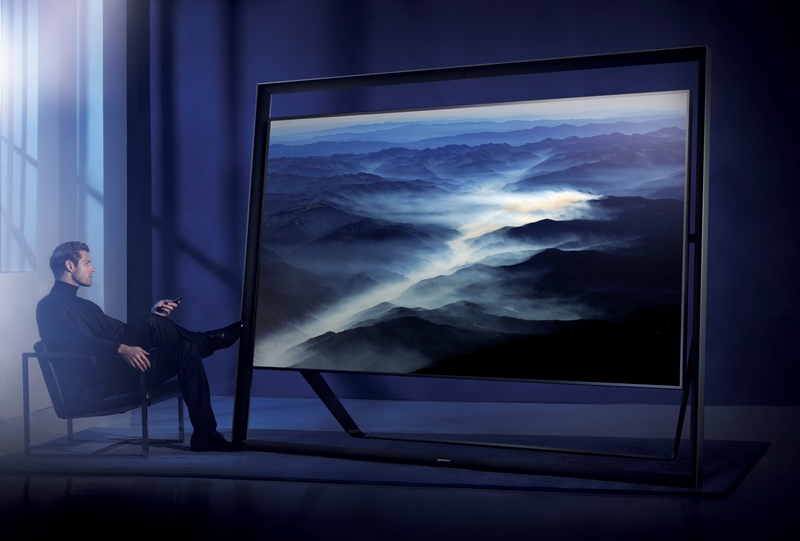
I’ve bought music on tape, record, CD, HDCD, SACD, DVD-audio, MP3 and high-resolution digital files. I’ve paid for it to be streamed too, and of course, I’ve owned (and still own, and continue to buy) any number of bits of gear to play back that lot. So the home entertainment industry has been laughing all the way at my expense, and yours for that matter.
The same applies to TV. In addition to enjoying the ever-improving broadcast standards, we’ve long been happy to buy our media. Remember laserdisc? How about VHS and Beta? Then we had DVD, which was followed by Blu-ray (although some poor schmucks got suckered into buying HD-DVD discs and players). To play this lot we had big fat TVs, big fat flat screen TVs, LCD and plasma panels, high-definition LCD and plasma panels, LED panels, thin LCD, LED and plasma panels, 3D panels, smart TVs, and now, to sell you your content all over again, comes 4K TV.
Pardon me if I sound cynical, but I’m actually not at all down on this process. Technology is one of the best parts of life in our time and thank goodness I live now and not in 1826. Things get better, so we buy better things – there’s nothing wrong with that.
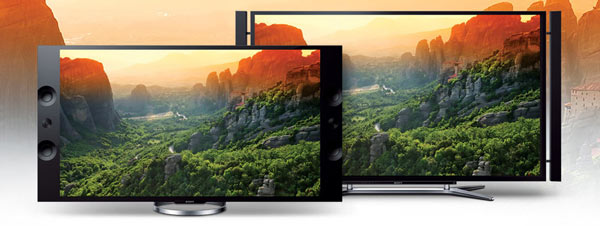
The market will reject the steps that don’t really deliver, as in “don’t really deliver what it wants”. So the jump from standard definition TVs to HD was a huge hit because an HD set looks way better than the SD kind. On the other hand, 3D was a flop because while 3D looks good or even amazing at the movies, and not bad at all on a projector, it’s a bit of ‘meh whatever’ at home when a 50-inch TV is doing the work. And in any event, who wants to wear those stupid glasses every night of the year?
Which brings us to the next attempt to sell you a new piece of kit and a whole new pile of silver discs. Thought you’d bought your last copies of your top-ten movie list? Think again.
So what’s 4K TV, then? Call it Ultra High Definition TV if you like. This is going to puzzle the heck out of some people, particularly those who bought the latest top-of-the- range HD TV around Rugby World Cup time. It’s also likely to baffle anyone with a decent full HD TV and a Blu-ray player, because good content can look amazing on that setup. Unfortunately, 4K looks even better than HD, which may mean that you need to consider your Visa card balance.
Most HD TVs are 1920 pixels wide by 1080 pixels high. 4K takes that a big step further and ramps the resolution up to 3840 by 2160 pixels, which sounds like twice as much but it’s actually four times the resolution (2,073,600 vs. 8,294,400 pixels respectively).
The first 4K TV we saw was Sony’s 84-inch, which was priced at a princely $35,000. LG’s 84-inch panel at $24,000 followed, but like every bleeding edge technology from anti-lock brakes to the smartphone, 4K has trickled down to panels at a price point that’s now theoretically affordable; at least for those in the market for a top-of-the-range TV set, that is.
The first Full HD set I ever saw was Samsung’s 40-inch Tulip, which was priced at $9999 back in 2007 or so. That was what you had to pay for the best TV that Samsung made at that point, but now you can grab a thin 42-inch Full HD set for under $1000 and a 55-inch for a little over $2000 (albeit with neither boasting the best panels), which makes the new 4K releases from Samsung and Sony top-tier propositions. Both manufacturers now have 55-inch and 65-inch models in market priced in the $8000 to $12,000 range, so there’d have to be a noticeable difference to justify that price jump.
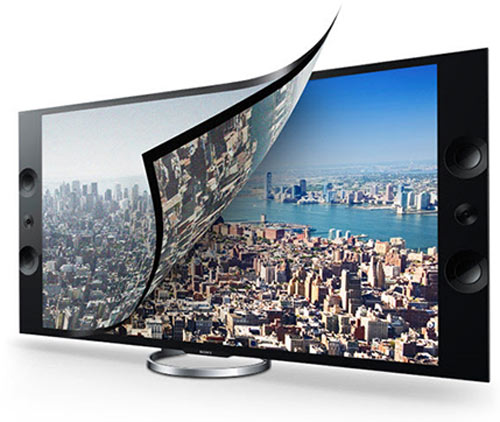
Fortunately, the increased resolution is definitely apparent, although the difference isn’t as startling as you’d expect considering the raw numbers. The standard party trick at a 4K launch is to run a range-topping Full HD set alongside the spanking new 4K model and show the image of a newspaper on both. You can read the headlines on the HD model but the body copy is blurry. On the 4K panel however, the body copy is noticeably clearer, which might seem to be relevant only to strange anorak wearing types who read the paper on their TV but with the same perfectly shot test scenes running side by side, there’s no doubt that the 4K panel is well ahead in terms of clarity and sharpness. The difference isn’t as stark as SD compared to HD but it’s there, and it’s far more obvious just how good 4K can look when the 4K set gets to play back native 4K content.
More important perhaps is the way the 4K TVs render colour – there’s a deep and vivid richness there thanks to a broader colour gamut. This isn’t the overblown harsh colour that you’ll see in a TV set up in a retail store, with everything on the settings punched out to the maximum; rather, it’s a more natural look. Sony calls its proprietary colour technology TRILUMINOS, and it’s claimed to push out the edges of the colour space at all sides, offering better coverage of hard to reproduce greens and blues. LG’s set shows the same characteristics and Samsung’s big Series 9 85-inch screen seems to do the same with its colour rendition, making 4K content look quite natural.
The 85-inch is Samsung’s range-topper – the biggest, and at $50,000, the most expensive Samsung TV ever. Panasonic’s 103-inch plasma carried a much higher price tag when it launched a few years back and theoretically, you could probably get Panasonic NZ to bring one in, or even one of the colossal 150-inch models, but why would you? They’re not 4K! However, Panasonic has shown off prototypes of a 103-inch 4K panel and a 145-inch 8K panel for those who simply must have more than everyone else.
In choosing to go way upmarket with the 85-inch, Samsung has also decided that the set has to look like it’s worth $15,000 more than the Sony 84-inch and a spectacular $26,000 more than the LG. So, it’s a stand-mounted beast, carrying 10 speakers in its frame-like surround and intended to park on the floor like a piece of art. It could be wall mounted but that would defeat the point to a degree.
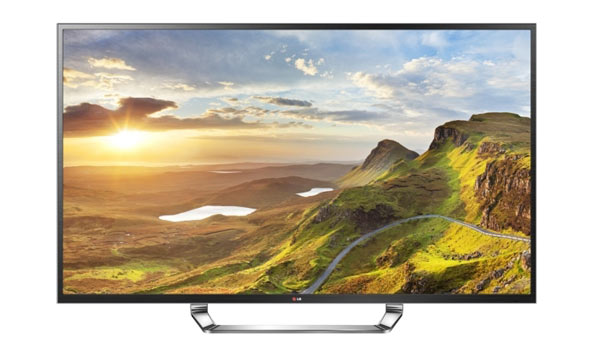
With most of the interfaces and connections housed in an external box, Samsung has introduced the Smart Evolution Kit (sold separately), which slots into the back of the TV and allows the TV to be updated as new technologies come to market. We’ll need to get some clarification on this but it does show some forethought – after all, no one wants a $50,000 paperweight that’s outclassed by the neighbour’s newer, cheaper TV. The S9 85-inch also comes with a bespoke installation service; it needs to be ordered from Samsung NZ. The TV will then be delivered, installed and set up with full customisation.
The big Samsung gets a sound system hidden in its frame and the 84-inch Sony also has a reasonably discrete 10-speaker set up, but the Sony 55-inch and 65-inch sets have the sound right out where you can see it. Instead of the fashionable ultra-narrow bezels, Sony has extended the glass at the sides of the screen and installed two mid/woofers plus a tweeter. It’s a subtle enough design, and while the extra space on the TV is jarring at first, the looks soon grow on you. The speakers are DSP controlled and are a mix of Sony technologies – Magnetic Fluid Speaker, Long Duct Speaker and Bass Reflex Box Speaker – all of which have been designed to work in the space challenged thin, flat screen TV environment. They certainly sound better than every single modern thin screen TV, which usually sound as if they’re home to a couple of cheap earphone drivers. Bravo Sony!
It’s worth noting that while an 84 or 85-inch 4K TV is indeed a very impressive piece of kit, wall mounted or on a fancy stand, in projector land, that’s not big at all. In fact, 80-inch or so is barely worth talking about. A lot less money than that $50K (or even the lower priced $24K) will get you a 4K projector and a good screen. They’ll all throw a 120-inch image without much trouble, and 3D really does look better on a bigger screen – yes the 4K units (both TV and projector) are also 3D compatible. You will need a dedicated darkened room to make the most of a projector, and you’ll need a TV too, because who wants to fire up a projector to watch the news or New Zealand’s Hottest Home Whatever?
We’ll get one of our reviewers in front of a long-term 4K review TV as soon as we can but on first, and second and third glance, 4K TV seems to be a far more viable technology than 3D TV ever was. The upscaling looks good, the colours are great and the sharpness is all about fidelity to the original image, and as hi-fi guys, we love that. Also, there’ll be plenty of ‘Mastered for 4K’ and native 4K content coming out as the studios rush to sell you another copy of that Phil Collins concert. In this case, it might just be worth buying again. ASHLEY KRAMER

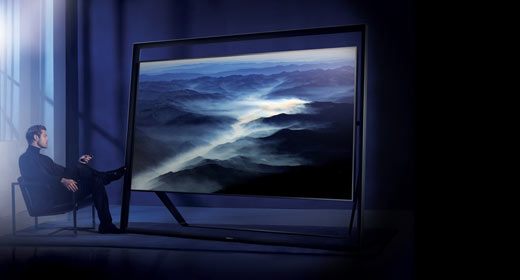


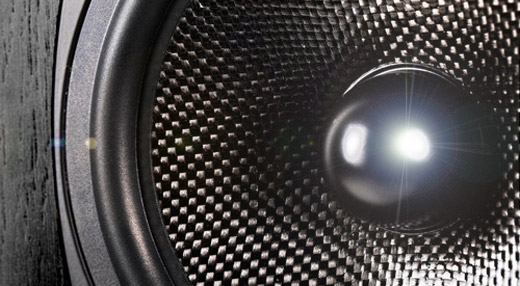
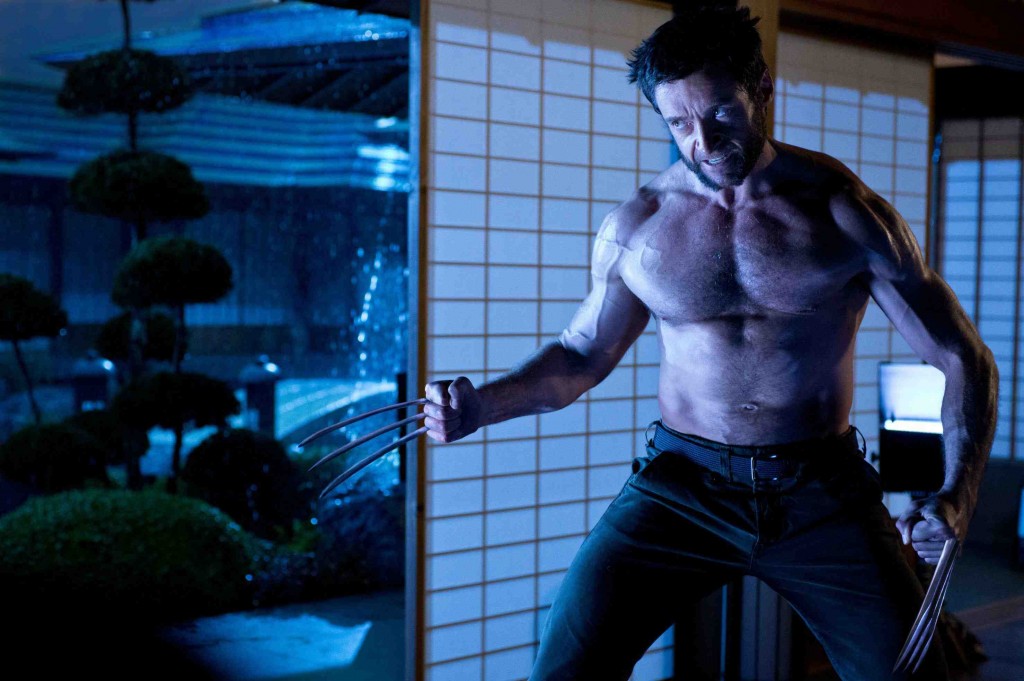
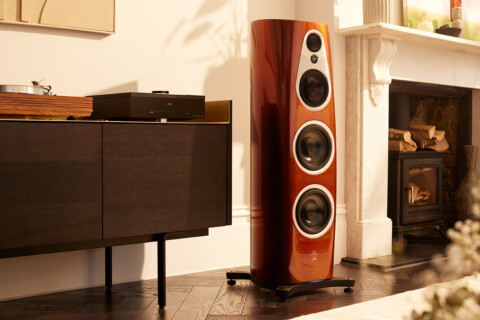
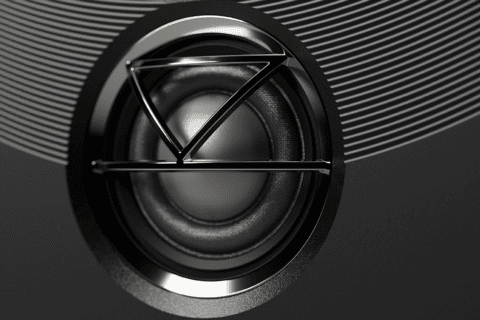
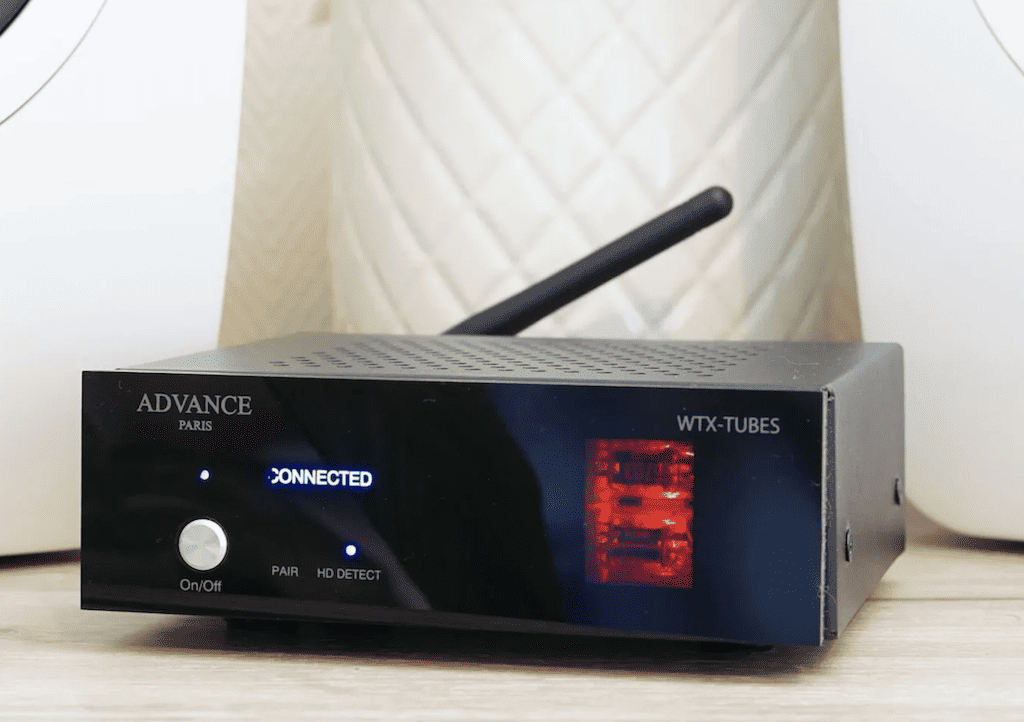
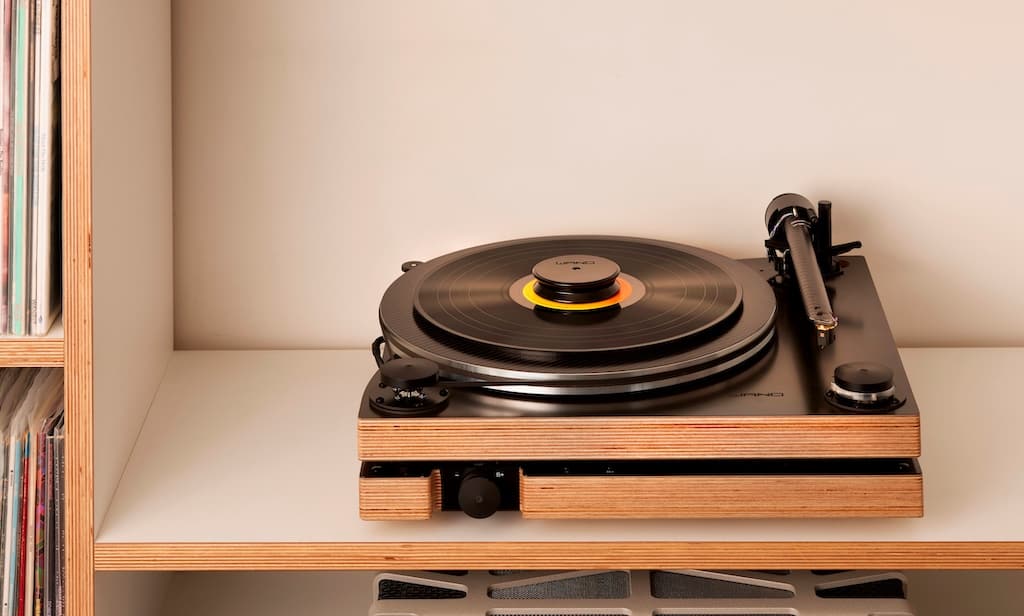
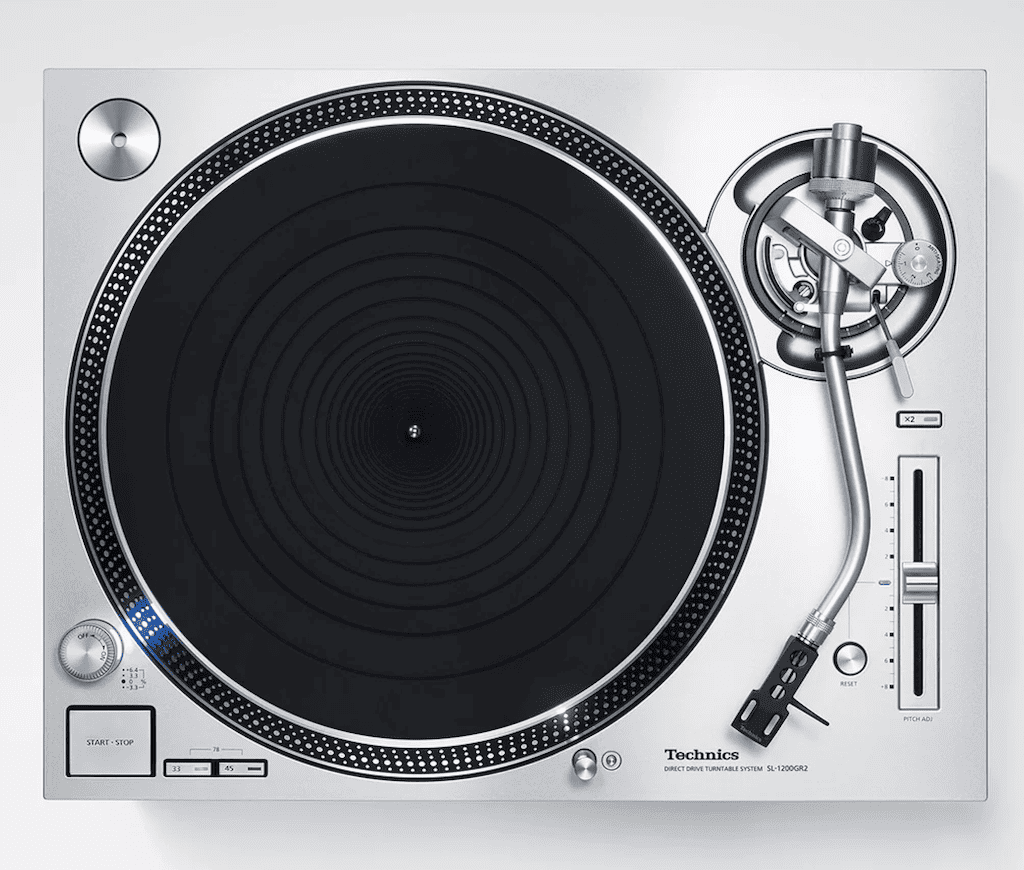

Hmmm, tvs are finally becoming interesting again it would seem.